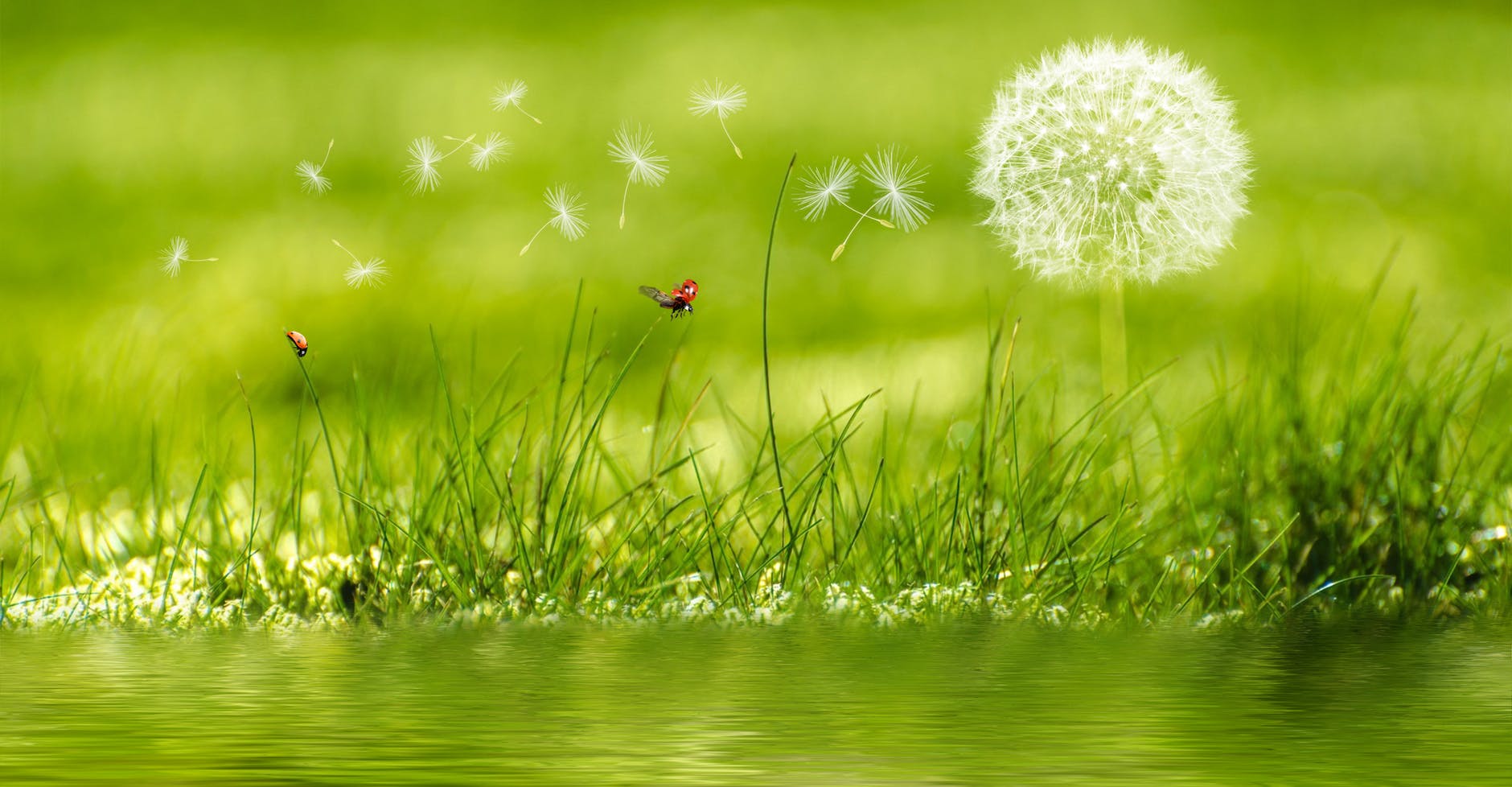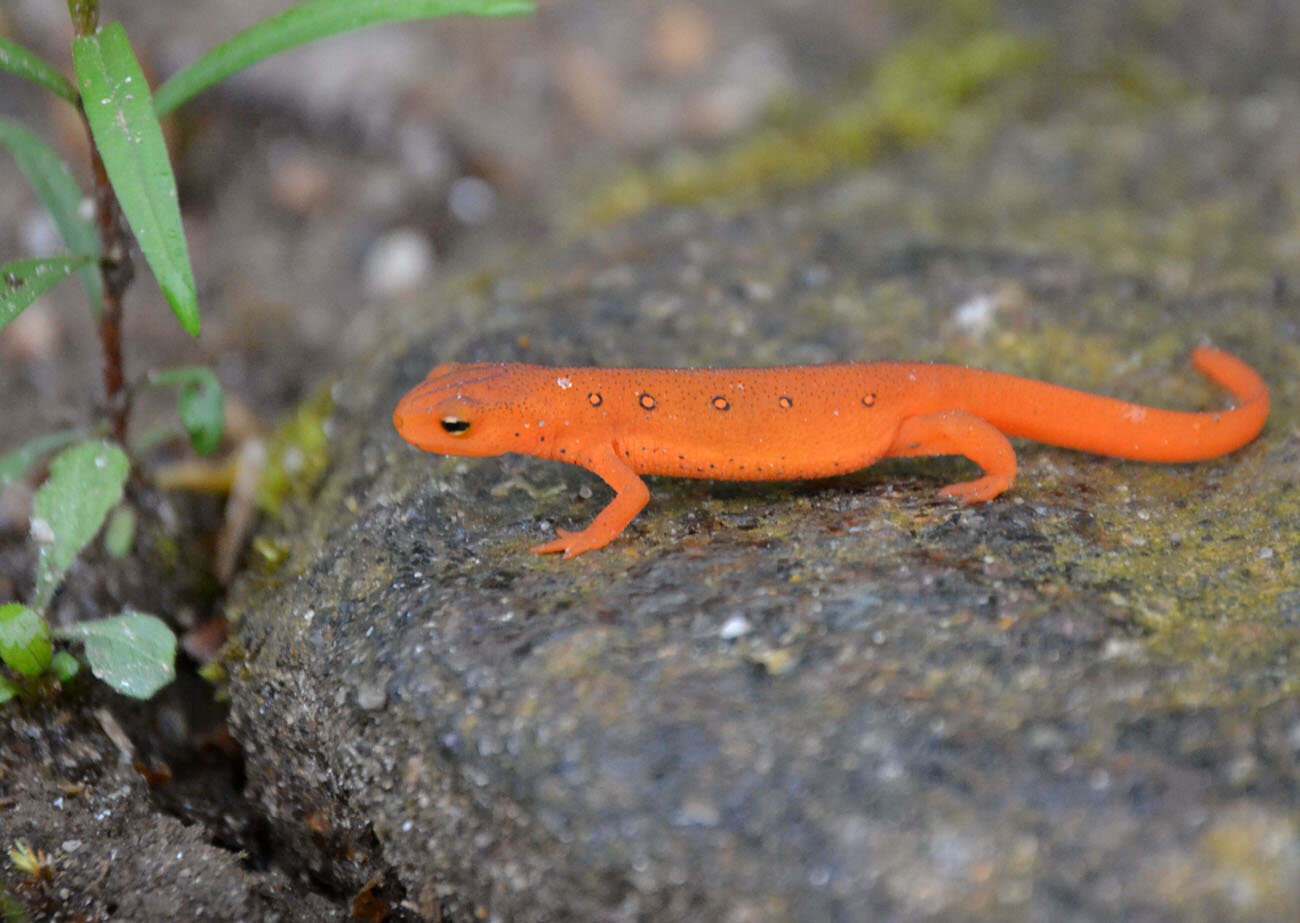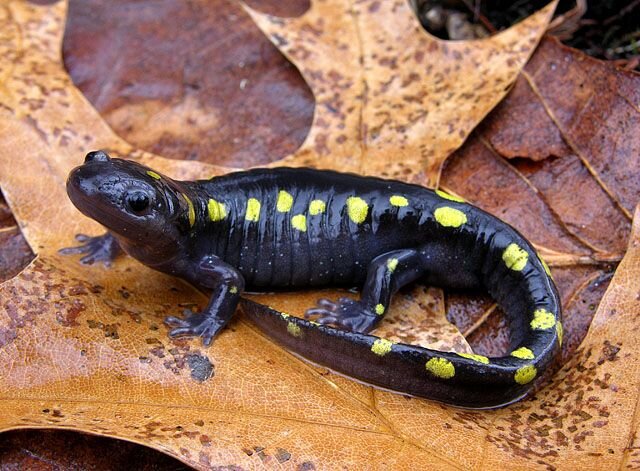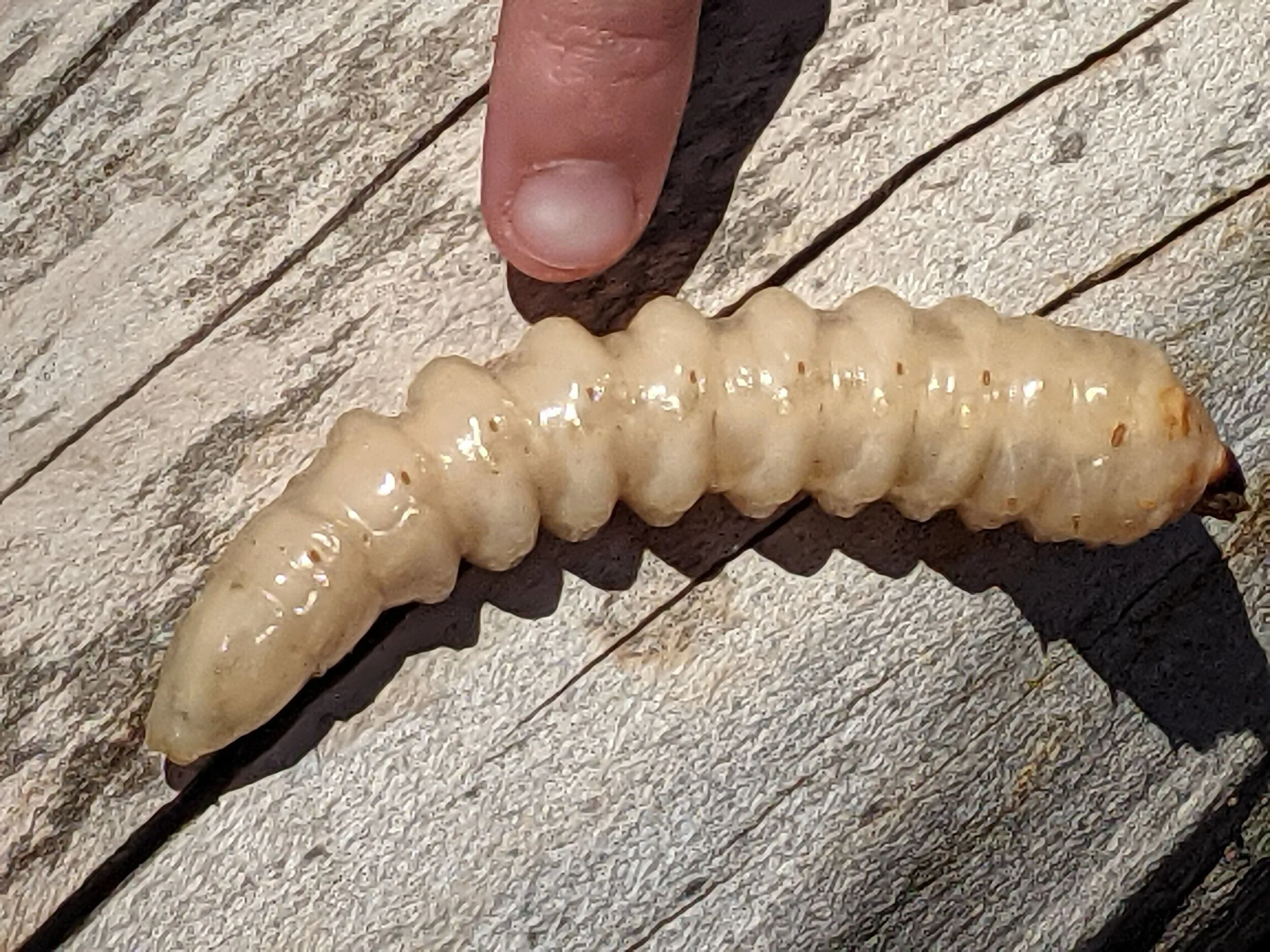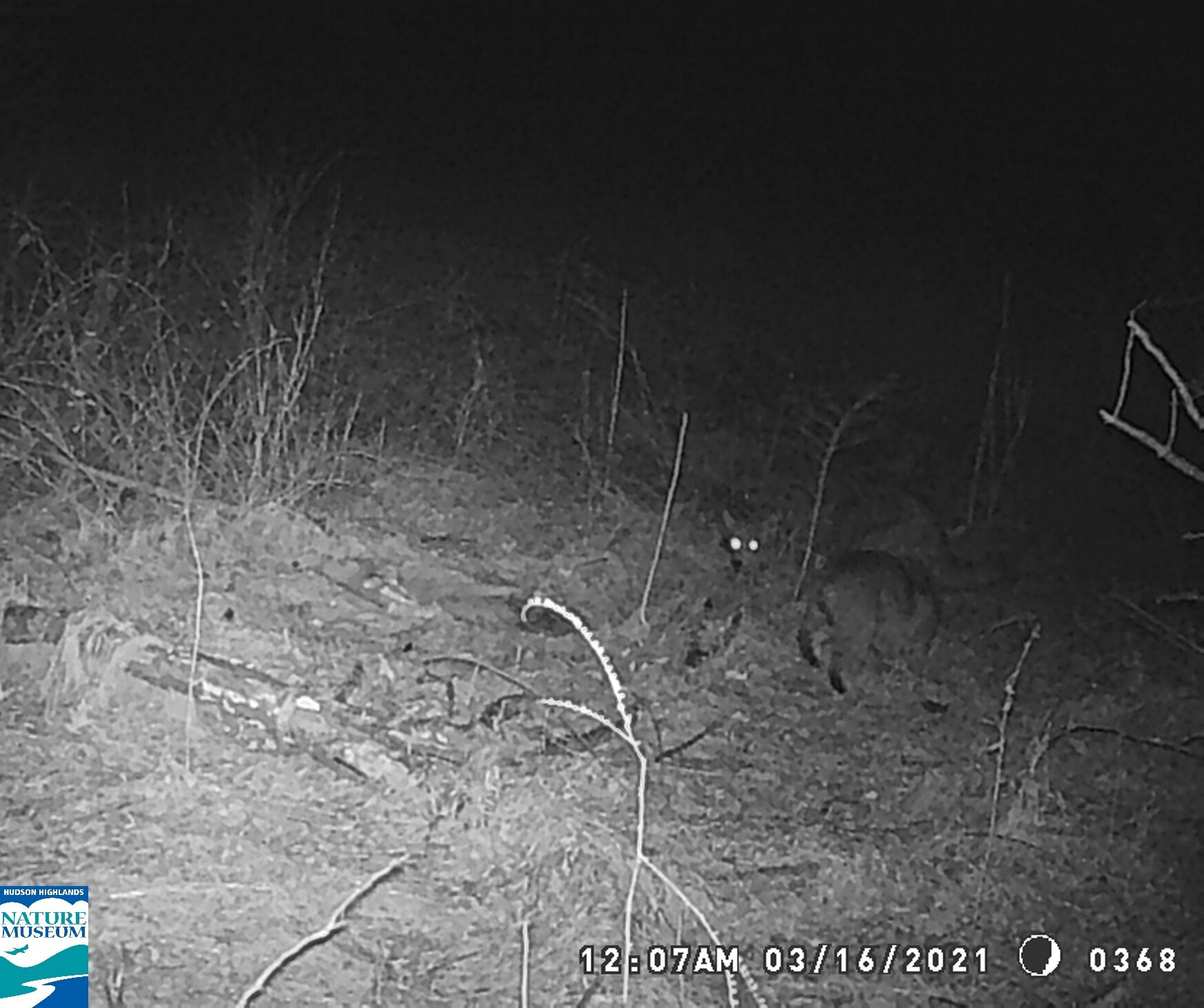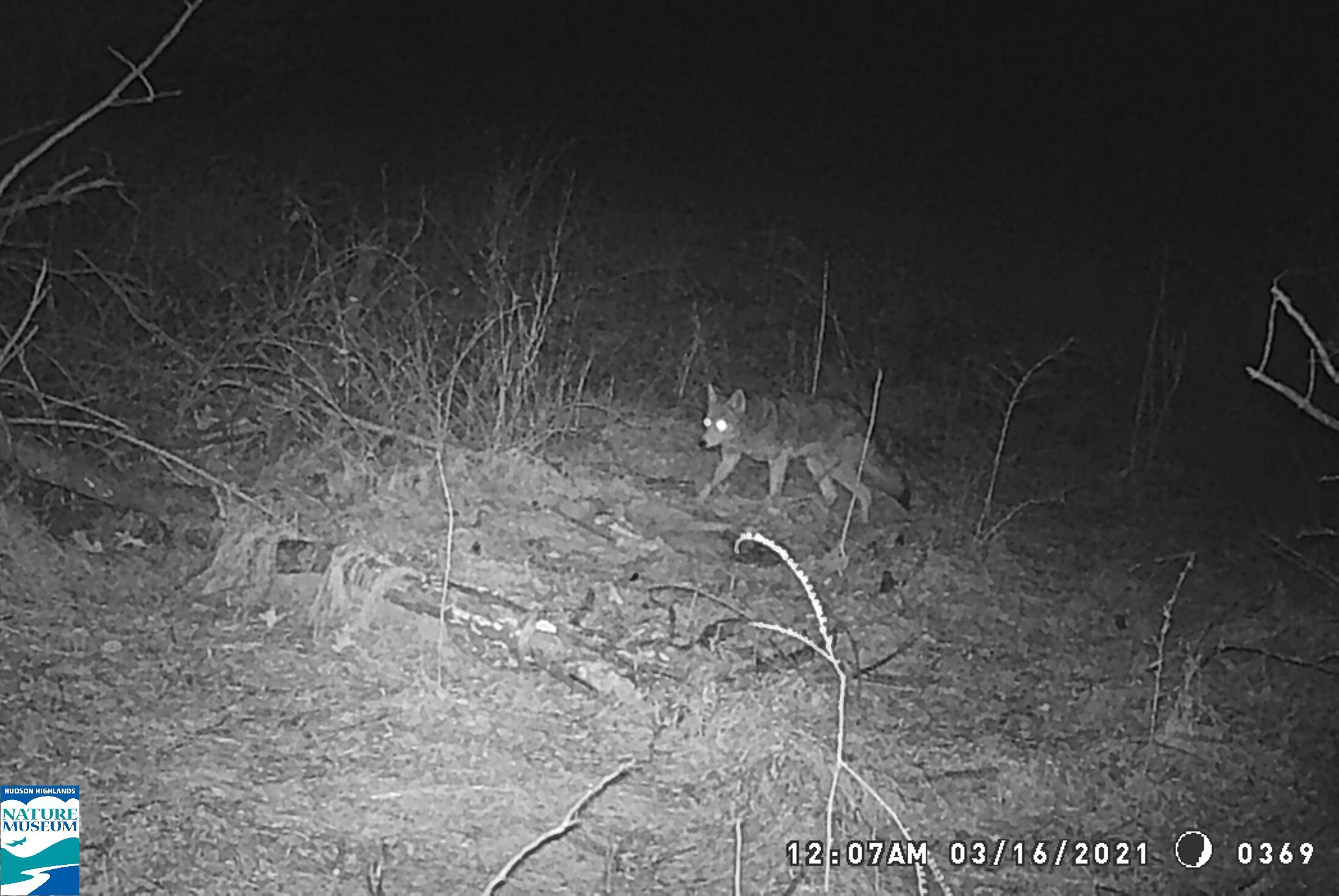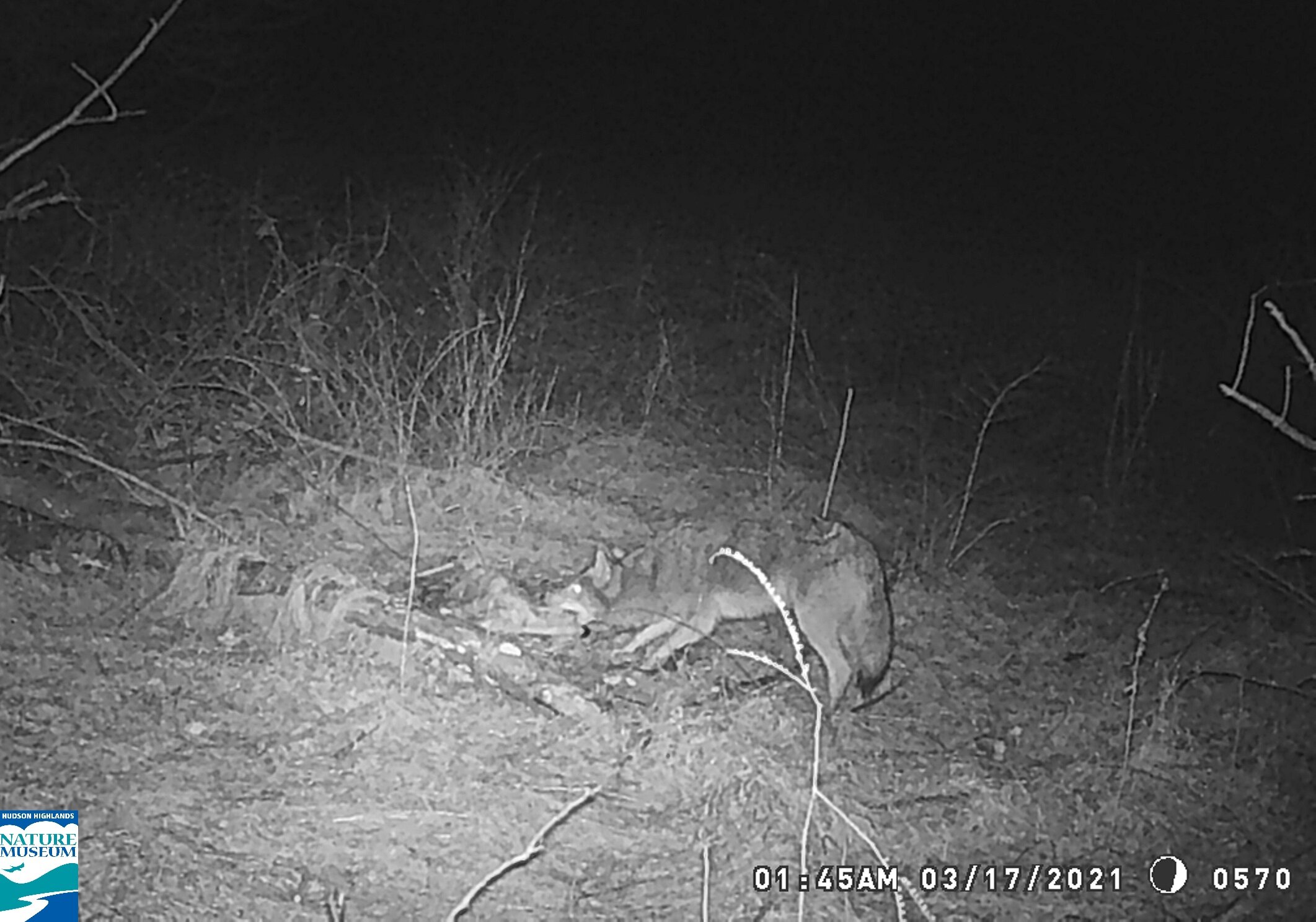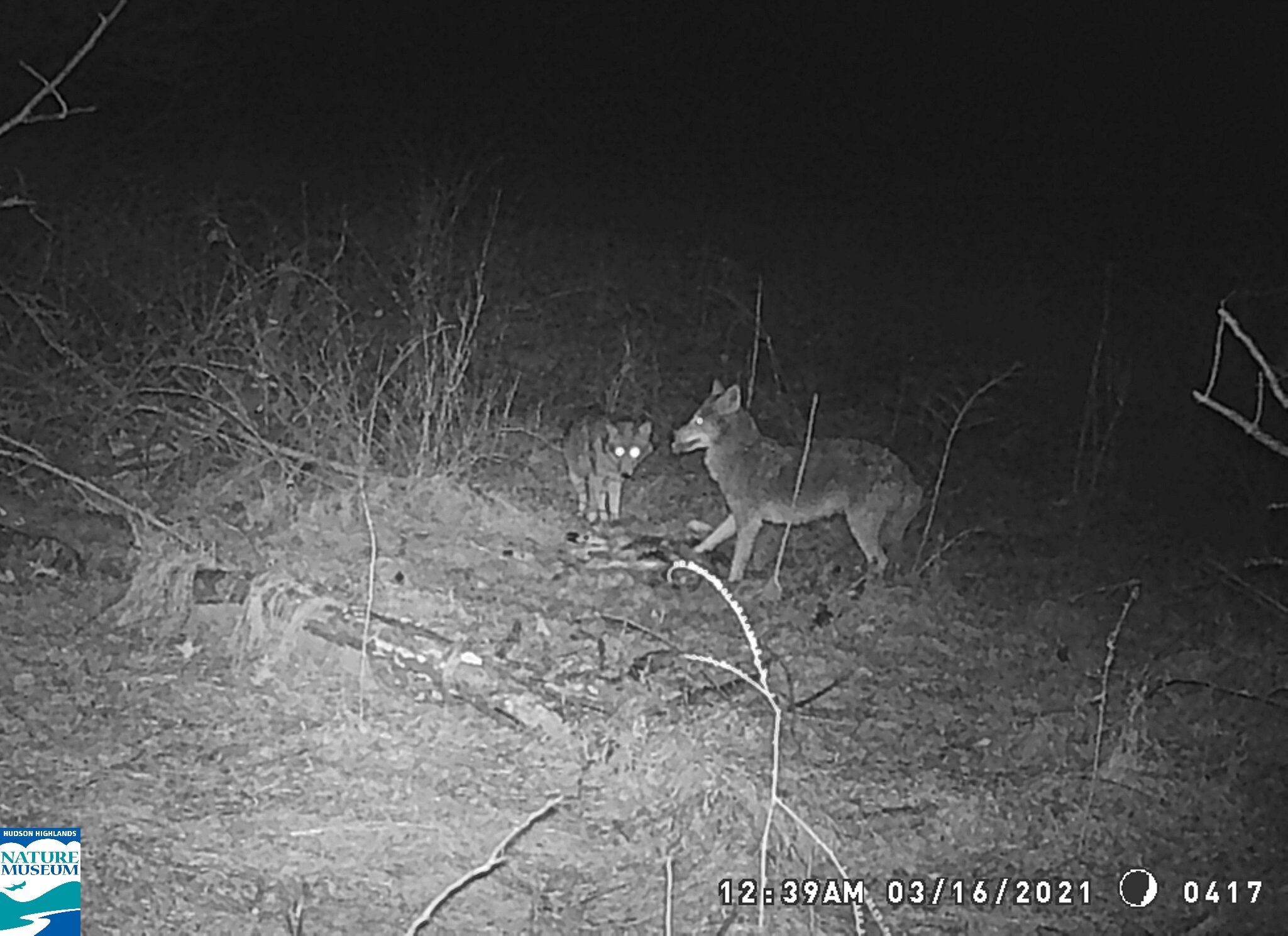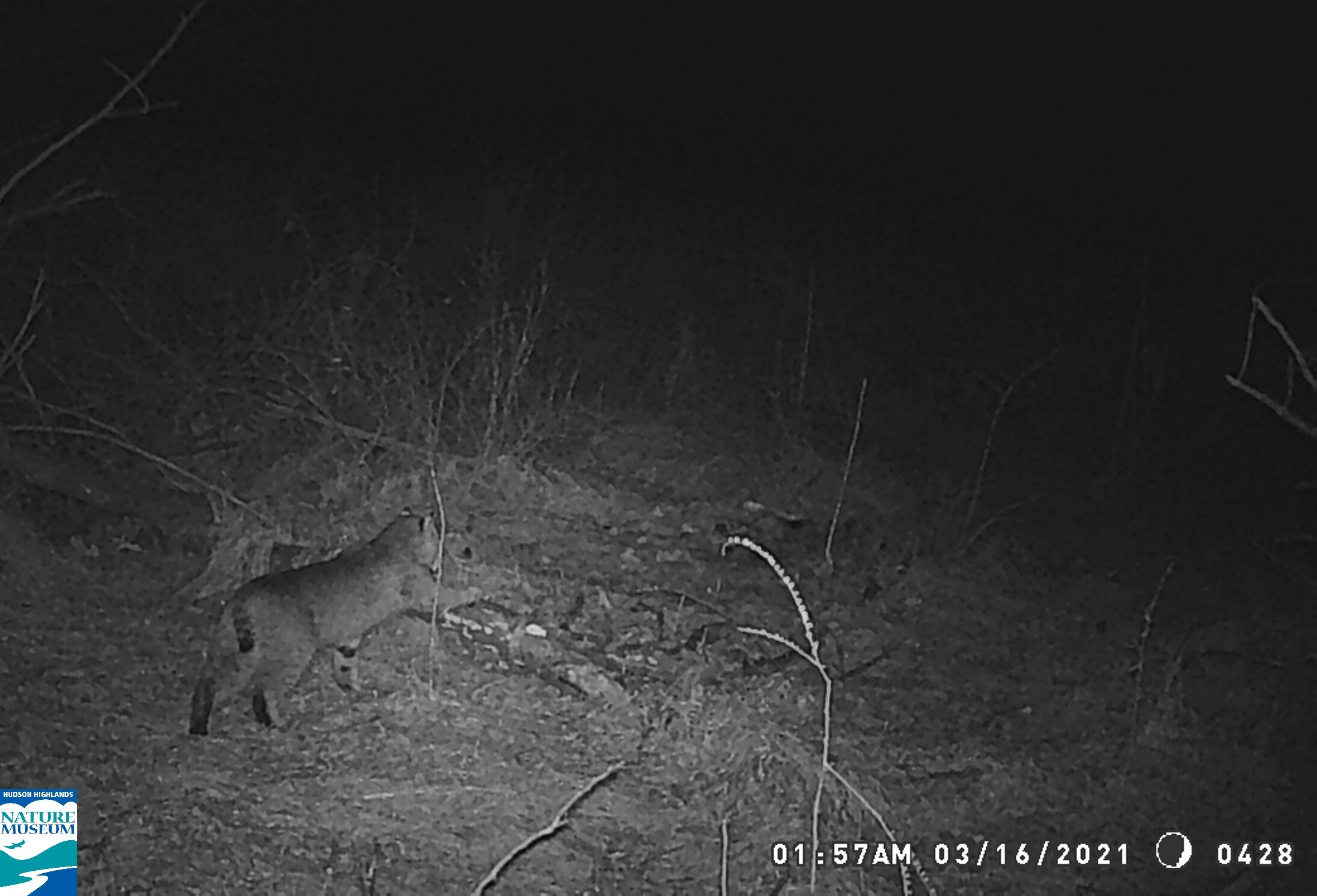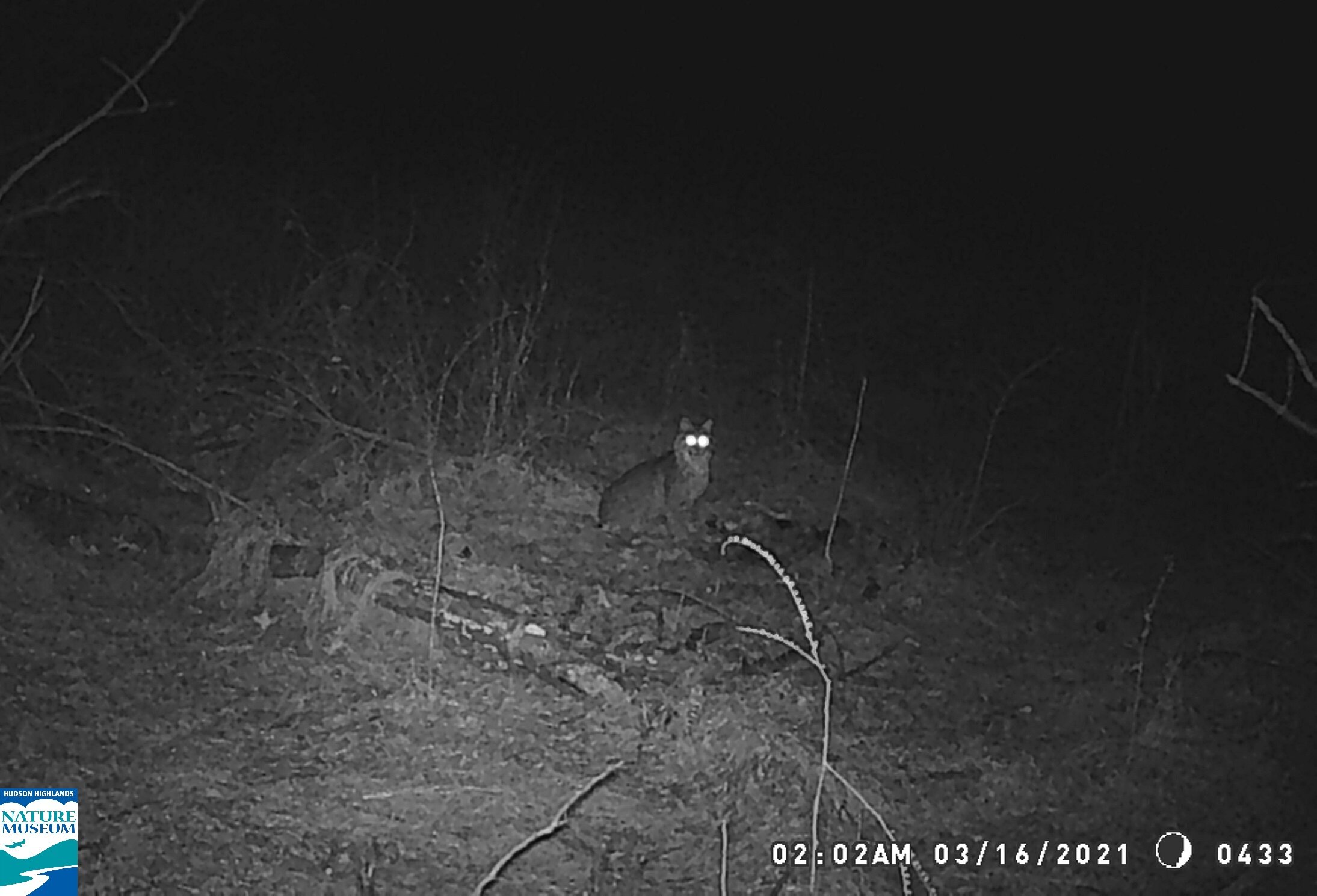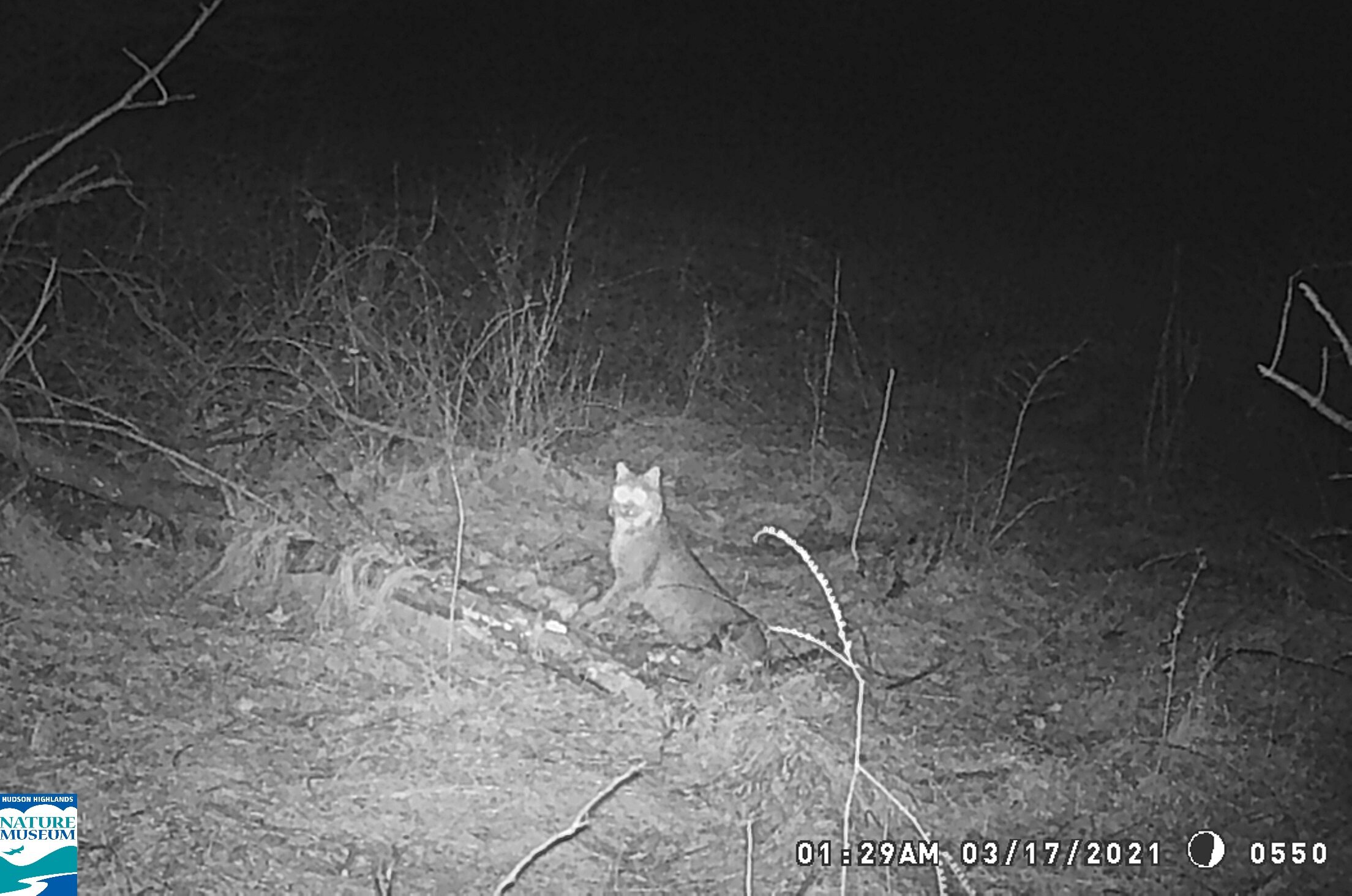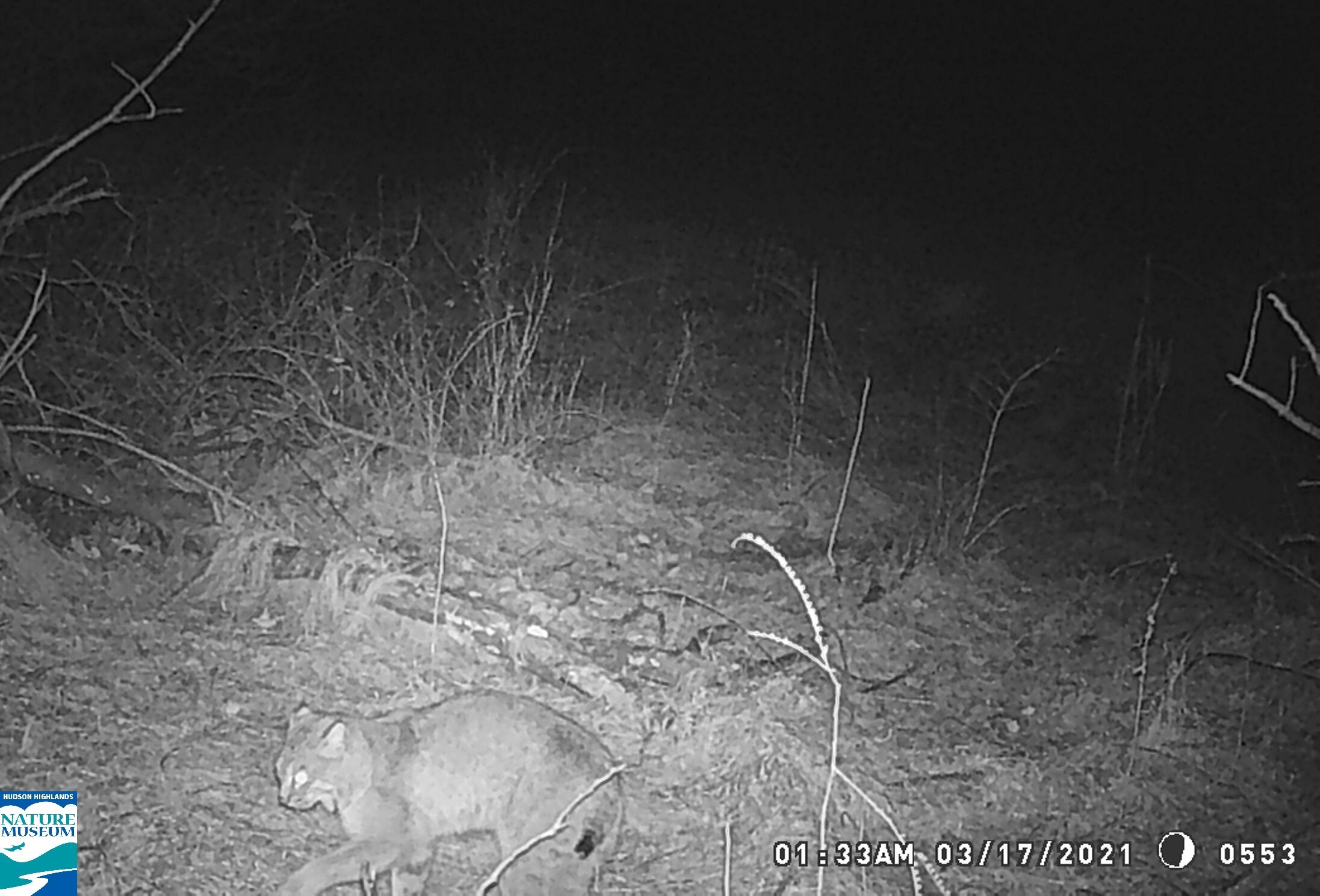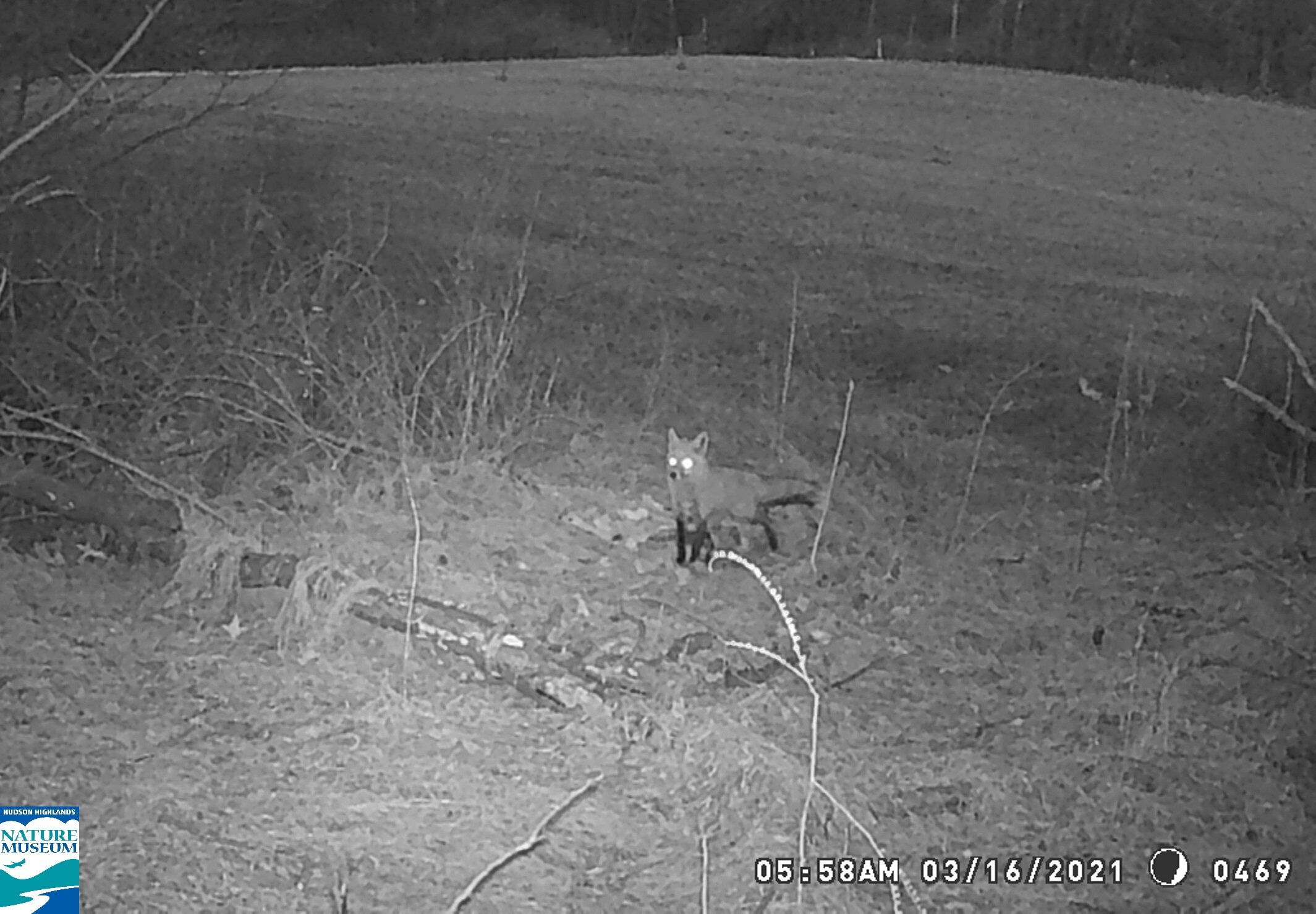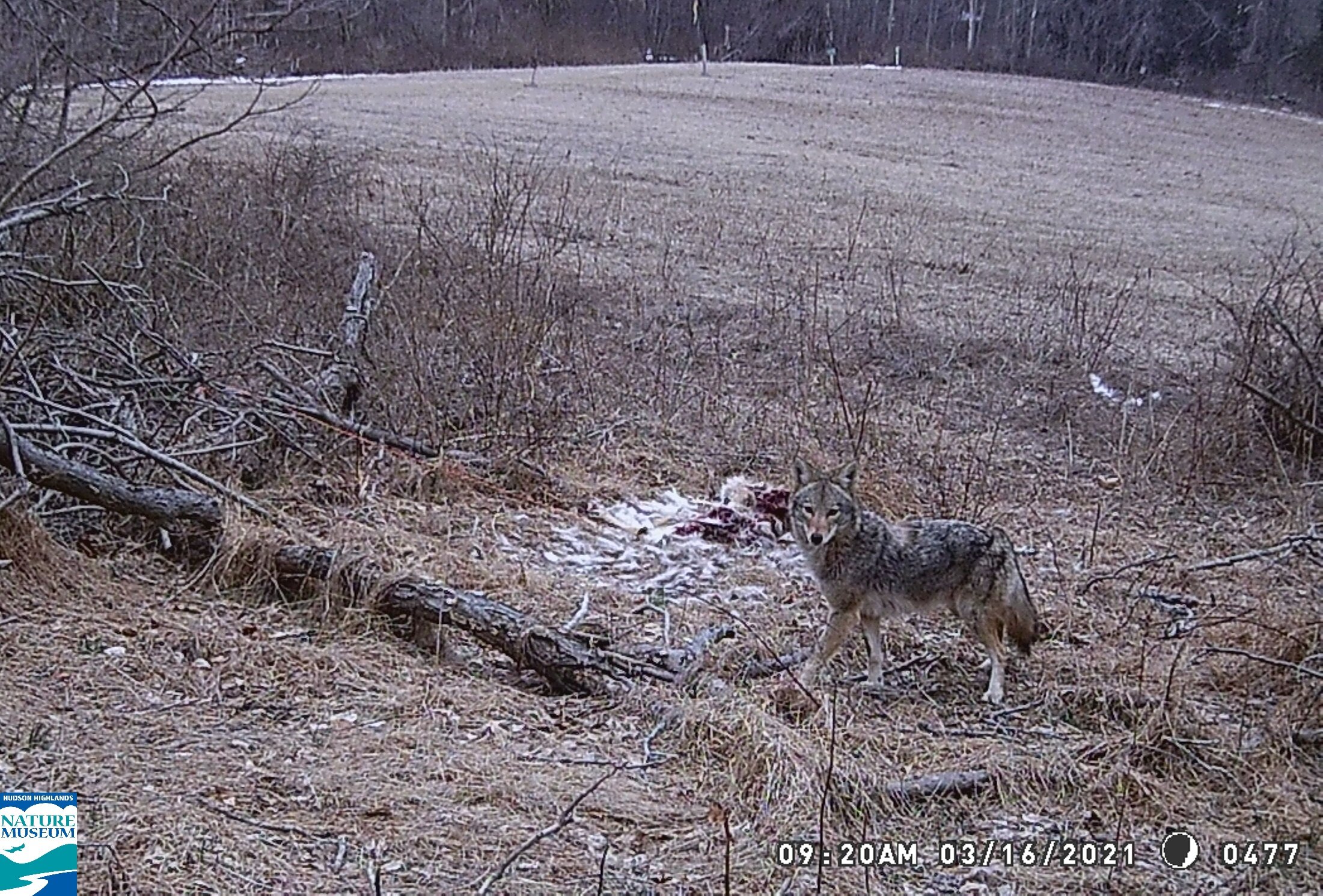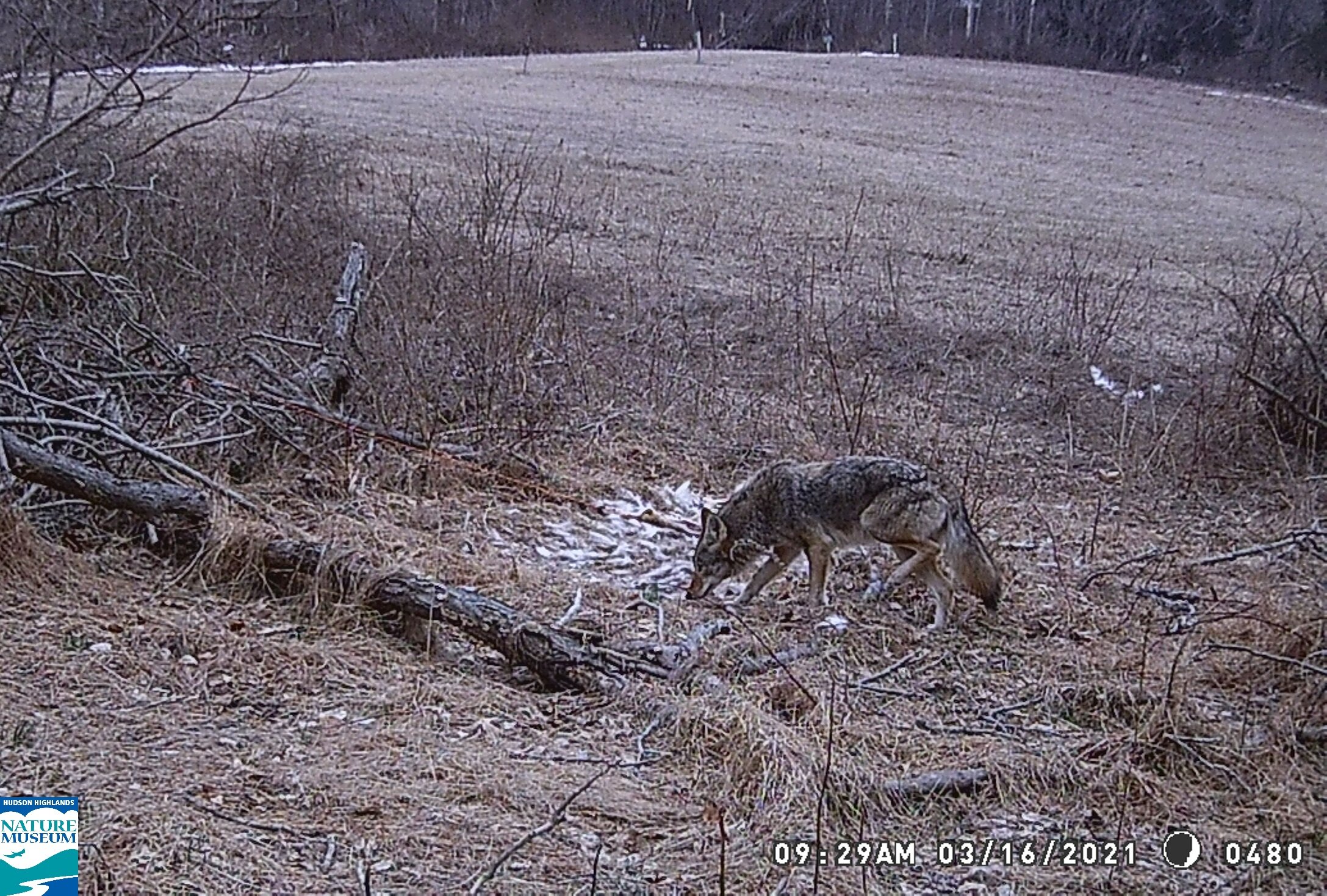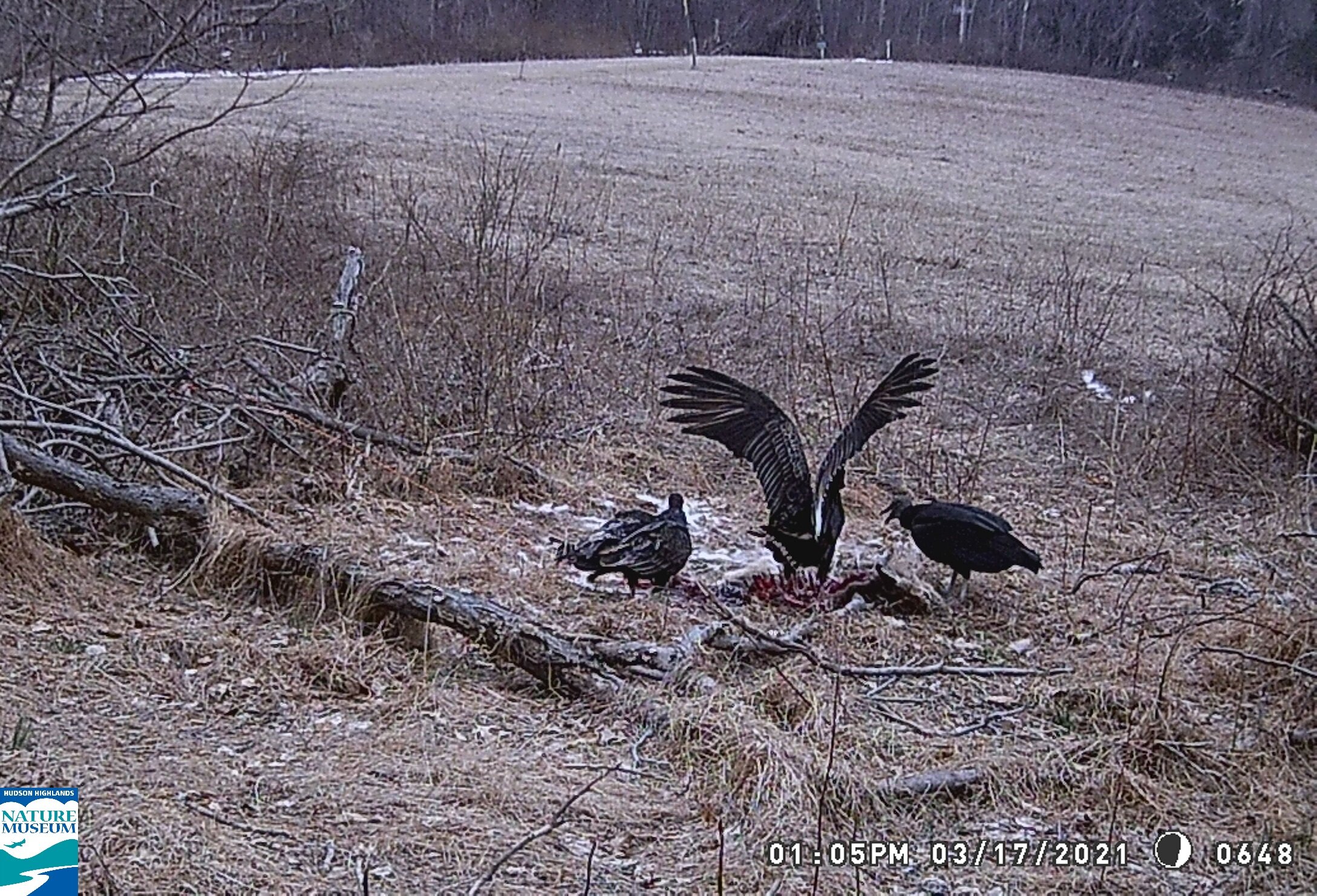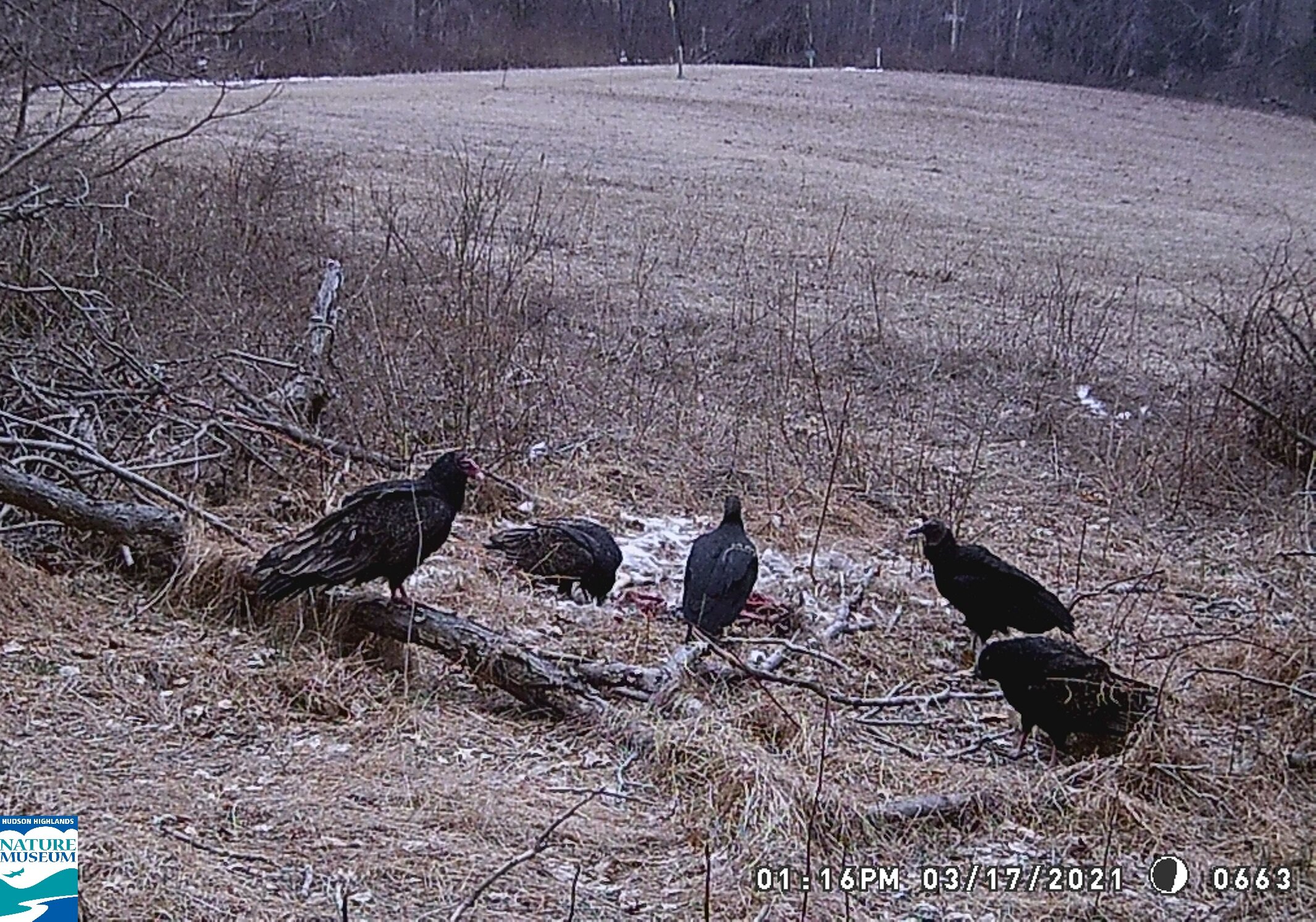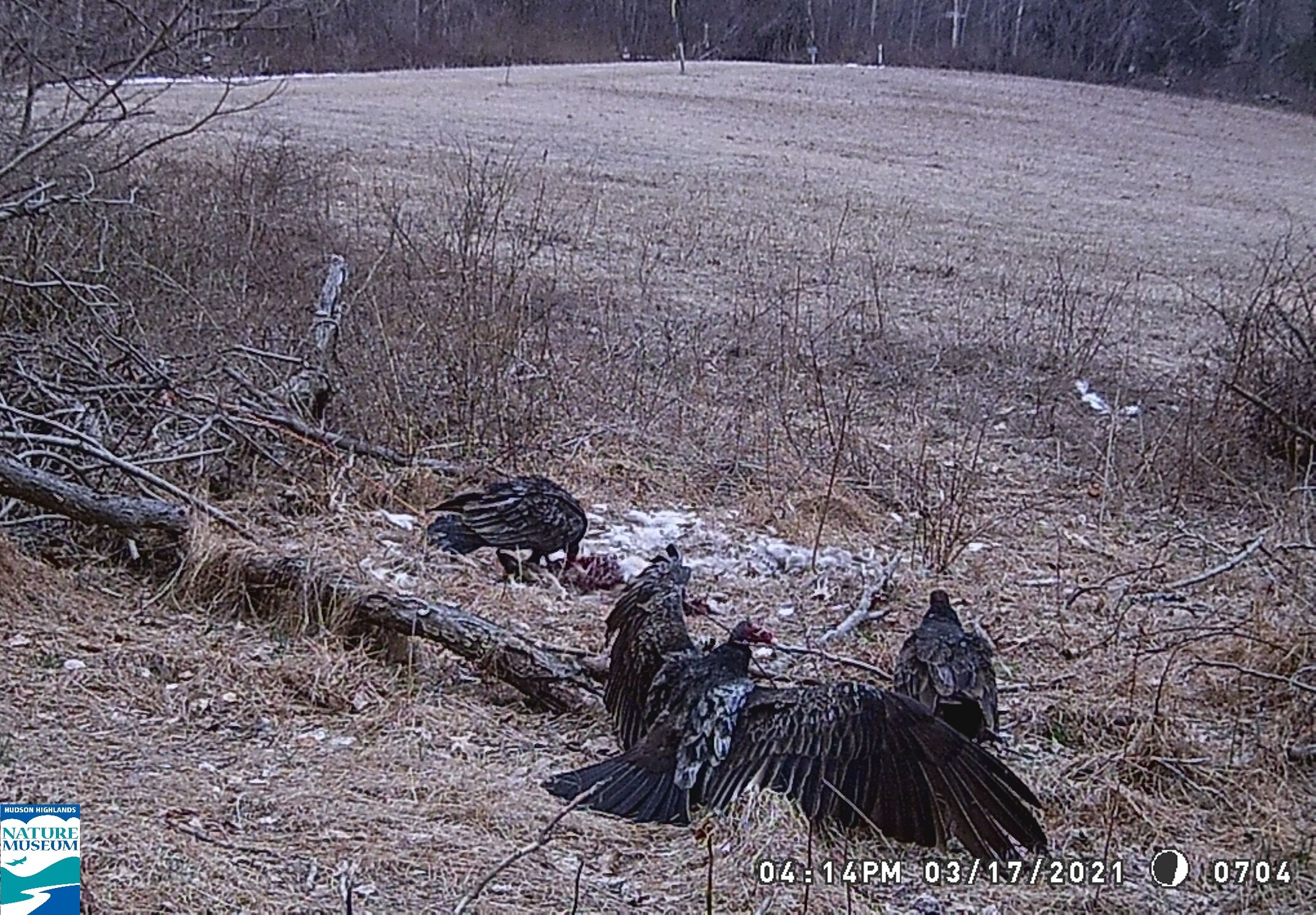While Wildlife Education Center (WEC) Manager Taylor O. was cleaning out the wax from the bee box hive that had been abandoned by its former residents, an inquisitive man walking his dog by the WEC asked about the hives and her project at hand. They quickly struck up a conversation regarding all things bees, and Kevin R. introduced himself as a neighbor as well as an at-home beekeeper along with his teenage son Zach. Almost immediately he kindly began dispensing advice and wisdom. This was much appreciated by Taylor who was undertaking hive maintenance for the first time and is still learning the full process. Near the end of their serendipitous meeting, he offered to volunteer his time and expertise whenever we decided to get a new colony. They exchanged information and encouraged her to contact him with any questions.
Just a few hours later, Taylor received a surprising phone call. It was Kevin asking if he and his family could donate a Nuc (Nucleus colony) of honeybees (which includes the Queen, worker bees, and the frames they build their comb on to) to the Nature Museum in addition to his son Zach’s time to maintain the hives and care for the bees. This includes checking on the health and well being of the Queen, looking for and dealing with parasitic beetles or mites, and any other issues the hive may be dealing with. What makes this story even sweeter (pun certainly intended) is that Zach is an alumnus of HHNM’s Young Naturalist Preschool, saying;
“When I was three and four years old I attended the Hudson Highlands preschool. I remember going on hikes in the woods by the museum with the preschool and seeing all the wildlife.
I also remember the indoor view of the beehive inside of the nature museum and looking for the queen bee. As a family we have very fond memories of the museum and the Outdoor Discovery Center.
I like beekeeping because it feels good to be doing my small part to help out the environment. After installing the bees, they will go to work in their new home. Initially, I will feed them with sugar water to try to give them a good start. I will periodically inspect the hive to look for queen activity, make sure they have enough space, and monitor the general health of the hive. In the fall, I will treat the hive for mites as well as feed them and prepare them for winter.
Having a hive at the museum means I can share what I am learning about beekeeping with my community. And, if everything goes well, we may be able to enjoy some local honey!”
We were extra excited when we heard that the bees were moving in on Earth Day. Zach, Kevin and Taylor worked in cold and windy conditions to make sure the newest residents of the WEC had a great night in their new home. THANK YOU to Kevin and Zach- we’re all buzzing about this exciting new project! #TogetherOutside
By Joanna Marvel

